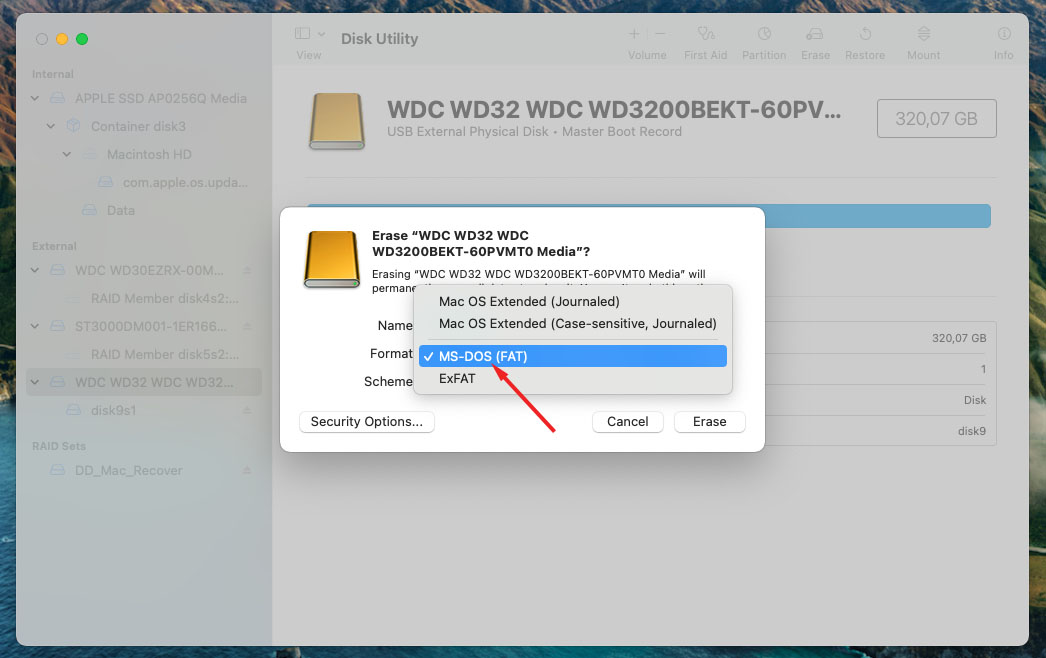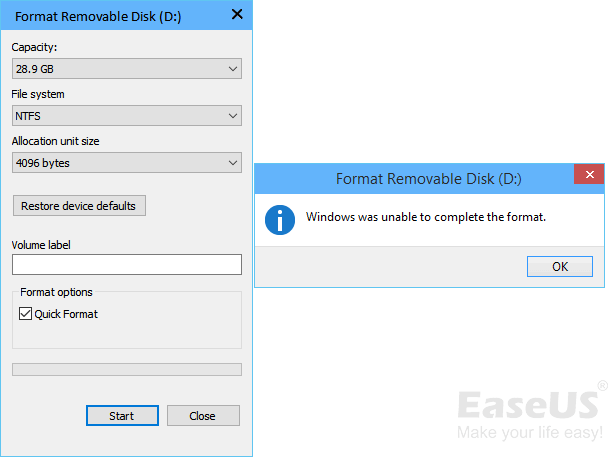

- Usb needs to be what format for mac drivers#
- Usb needs to be what format for mac driver#
- Usb needs to be what format for mac windows 10#
- Usb needs to be what format for mac Pc#
In the "Volume label" field, confirm a drive name that will appear in File Explorer.In the "Allocation unit size" drop-down menu, use the default selection.However, if you think about using the device on a Linux machine, FAT32 is the best option, even though you will be limited to 4GB file sizes.
Usb needs to be what format for mac windows 10#
Quick tip: If you plan to use the removable storage on Windows 10 as well as on macOS systems, you may want to select the exFAT option for compatibility. Use the "File system" drop-down menu and select the NTFS option. Under the "Devices and drives" section, right-click the flash drive and select the Format option. To format a USB flash drive using File Explorer on Windows 10, use these steps:
Usb needs to be what format for mac Pc#
This then copies the files from the PC memory to the USB Flash Drive.How to format USB flash drive with File Explorer Click in a white empty space on the drive and press Ctrl and V (this is the Windows shortcut for paste) on the keyboard. This copies the location to the system memory on the PC.Ĭ. Press Ctrl and C (this is the Windows shortcut for copy) on the keyboard. This copies the files from the system memory to the USB Flash Drive.ī. Right-click in a white empty space on the drive and click on Paste. This copies the location to the system memory on the PC.Ĭ. Right-click on one of the files (you will see that the rest of the files stay highlighted) and click on Copy. On the toolbar click on Edit => Paste. This copies the files from the PC memory to the USB Flash Drive.ī. Select the files that you want to copy.ī. Using a Windows PC, some of the easiest ways to copy data to your Integral USB Flash Drive are:-Ī. Look under "My Computer" to see the letter assigned. The USB should be recognised by the PC and assigned a drive letter. First insert your USB into the PC after it has booted. If you still experience problems following this FAQ, please fill in a Support form and we will assist further.Ĭopying files could be done in many ways. Plug in your Integral USB Flash Drive and your device should function as normal. Restart your PC/Laptop and Windows will rebuild the "INFCACHE.1" file.(Please note that renaming the file to any other name will not work) Right Click on the "INFCACHE.1" file and select "Delete".Click "ok" to the rest of the screens until you are back to the location of the "INFCACHE.1" file.Click "Apply" and click "ok" to the Windows Warning Screen. Once you are back at the "Permissions for INFCACHE.1" window, select "Administrator" and check the "Full -Control" tick box. Click "Apply" and click "ok" to the Windows Warning Screen.Click "Add" and in the "Enter Object Names to select" box type the word "Administrator" and click "ok".Select the "Security" Tab and click the "Edit" button.

Right Click on the "INFCACHE.1" file and select "Properties".The INFCACHE.1 file can be found in the C:\Windows\System32\DriverStor\ directory.Once deleted simply restart your PC/Laptop and Windows will rebuild the deleted file. Simply right click the file and click delete.The INFCACHE.1 file can be found in the C:\Windows\inf\ directory.We would advise you to backup your system before proceeding.īefore you begin, right click on the "USB Mass Storage Device" in Device Manager with the Yellow Exclamation mark and click "Uninstall" Windows XP: The location of this file varies depending on your Operating System please follow the correct procedure below for your installed Operating System. To resolve this issue locate and delete the "INFCACHE.1" file.
Usb needs to be what format for mac driver#
This issue can be caused by a corruption in the Windows Driver Cache file.
Usb needs to be what format for mac drivers#
If you see a Yellow Exclamation mark visible on "USB Mass Storage Device" then this indicates that Windows was unable to locate the drivers for the device or has installed the incorrect drivers for the device, causing the device to malfunction Click the Windows Start Icon > Right Click on "Computer" or "My Computer" and select "Manage", and on the right hand pane select "Device Manager".


 0 kommentar(er)
0 kommentar(er)
